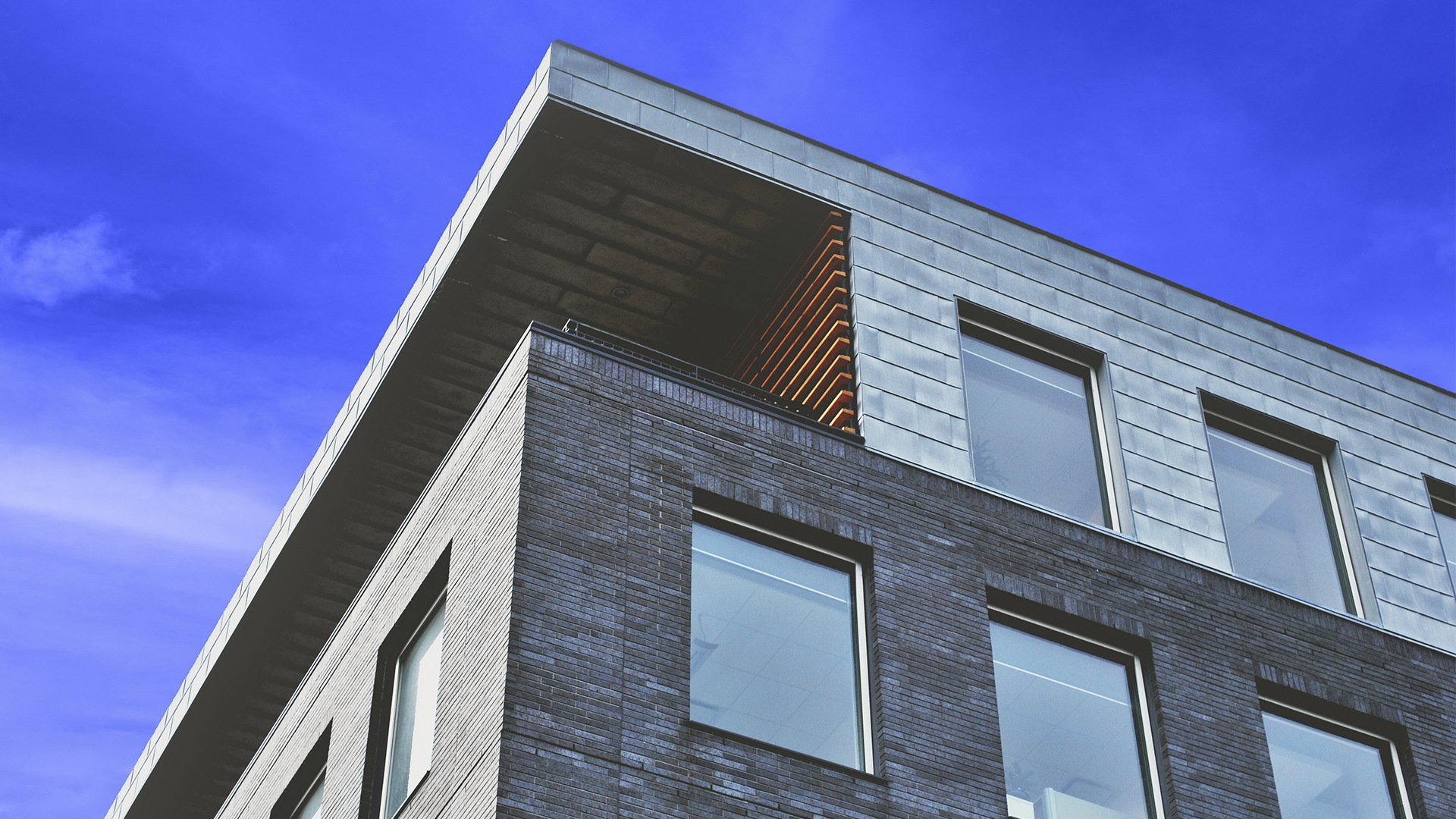What Today's Renters Are Looking For: The Essentials
In Quebec and beyond, our lifestyles are evolving—and so are the spaces we live in. Expectations have shifted: people aren’t just looking for four...
2 min read
 Audrey Anne Bouclin
Dec 5, 2024 4:34:47 PM
Audrey Anne Bouclin
Dec 5, 2024 4:34:47 PM

As 2025 approaches, the world of design and architecture continues to evolve to meet the ever-changing needs of occupants. During our latest webinar, “Looking Ahead to 2025: Exploring Emerging Trends in Design and Architecture”, hosted in collaboration with A.DESIGN, we delved into innovative approaches centered on human connection, well-being, and sustainability. Here’s a glimpse of the trends shaping the way we design spaces.
Designing spaces can no longer overlook the specific needs of their occupants. More than just places to live, our interiors are transforming into true sanctuaries. This human-centered approach ensures that spaces adapt to daily life, optimizing both comfort and functionality. By placing occupants at the heart of design decisions, we create environments that support well-being, efficiency, and connection to the surrounding world.
With shrinking living spaces, optimization has become essential. Multifunctional spaces maximize every square foot without compromising comfort or aesthetics. Ingenious solutions now transform bedrooms into home offices during the day or kitchens into leisure areas in the evening. This approach not only adapts spaces to evolving needs but also minimizes the environmental footprint by making the most of every available inch.
In response to a growing desire for nature, many projects now embrace a biophilic approach, where interiors blend seamlessly with the outdoors. By incorporating natural elements such as plants, organic materials, and open spaces flooded with natural light, interiors reconnect with nature. This fusion fosters tranquility and well-being for occupants while addressing today’s ecological challenges.
The principles of feng shui are gaining traction, particularly in living and working environments. By applying these concepts, designers create spaces that enhance positive energy flow, tailoring layouts to suit each room's function. This philosophy boosts overall well-being by offering spaces that meet practical needs while nurturing emotional balance.
The integration of new technologies into buildings is becoming standard, providing occupants with greater comfort and convenience. Connected innovations allow for remote control of lighting, heating, and security while improving energy efficiency. Smart home solutions also enable customization of spaces based on residents' preferences, delivering a personalized and more sustainable environment. And who knows? We might soon see drone landing pads integrated into buildings, simplifying package deliveries!
Did you miss our webinar or want to revisit the highlights? The replay is now available online, giving you the opportunity to explore in-depth the trends that will shape 2025 in design and architecture: [Watch the Replay Here].
Thank you to all the participants who contributed to the success of this event! Stay tuned for our upcoming online events.
In Quebec and beyond, our lifestyles are evolving—and so are the spaces we live in. Expectations have shifted: people aren’t just looking for four...
In the field of real estate development, planning is essential to ensure the success of a project. Among the key strategic tools, theFunctional and...
We are thrilled to introduce our team and services, and to show you why we are the ideal partner for all your real estate projects. At Alyzé, we...